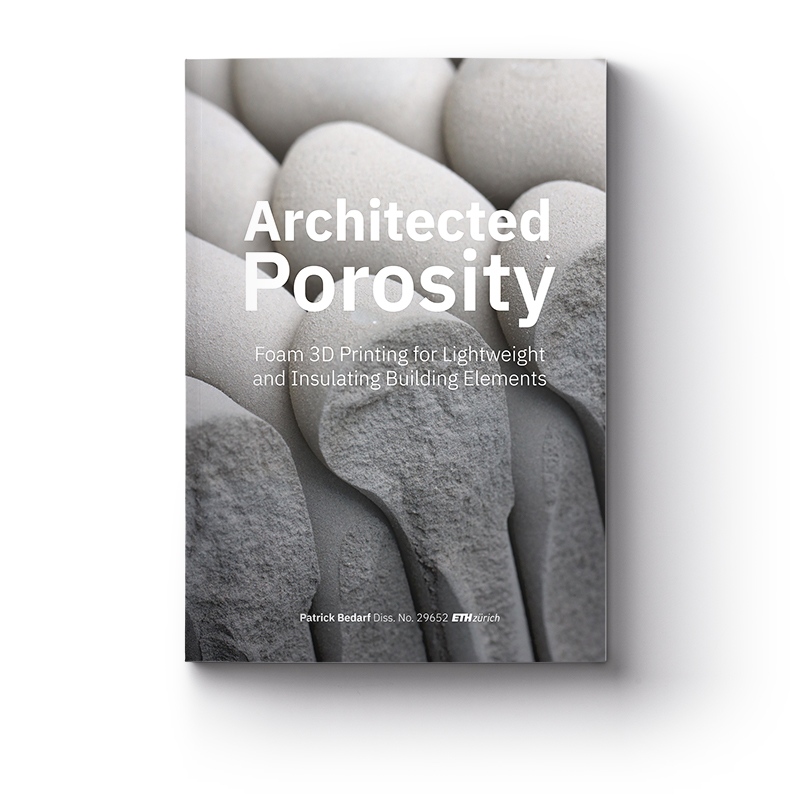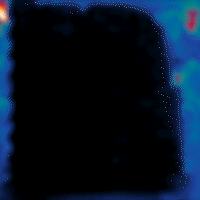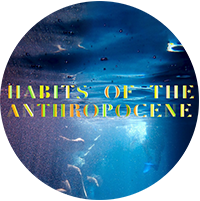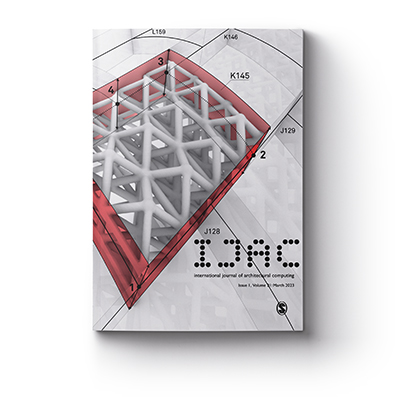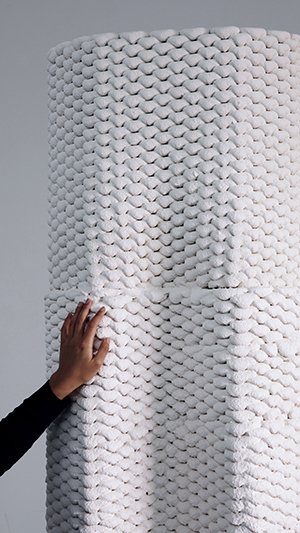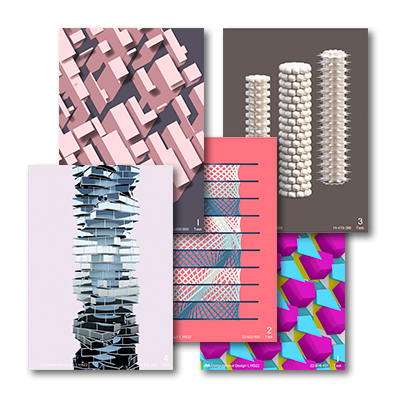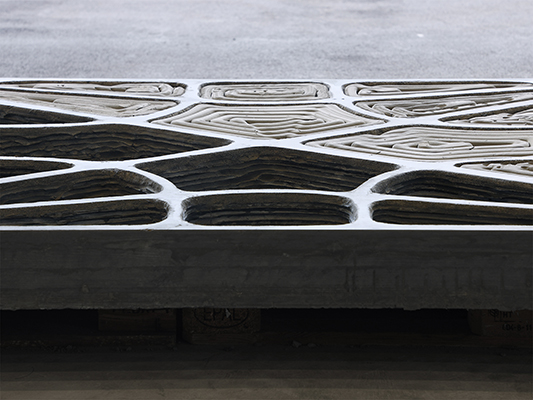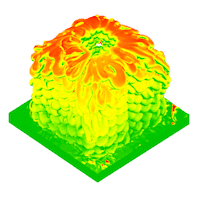Stay-in-place Formwork for Concrete using Foam 3D Printing
Authors Patrick Bedarf, Cristian Calvo Barentin, Dinorah Martinez Schulte, Ayça Şenol, Etienne Jeoffroy, Benjamin Dillenburger
Published in Architecture, Structures, and Construction
Year 2023
DOI 10.1007/s44150-023-00084-x
Abstract
Optimizing the shape of concrete construction elements is significant in reducing their material consumption and total weight while improving their functional performance. However, the resulting non-standard geometries are difficult and wasteful to fabricate with conventional formwork strategies. This paper presents the novel fabrication method of mineral foam 3D printing (F3DP) of bespoke lost formwork for non-standard, material-efficient, lightweight concrete elements. Many innovative formwork studies have shown that stay-in-place formwork can help to reduce waste and material consumption while adding functionality to building components. Foams are particularly suitable for this application because of their high strength-to-weight ratio, thermal resistance, and good machinability. F3DP allows the waste-free production of geometrically complex formwork elements without long lead times and production-specific tooling. This paper presents the material system and robotic F3DP setup with two experimental case studies: a perforated facade panel and an arched beam slab. Both cases use concrete as structural material and strategically placed custom-printed foam elements. In this first preliminary study, concrete savings of up to 50% and weight reduction of more than 60% could be achieved. This is competitive with standardized solutions such as hollow-core slabs but, in contrast, allows also for non-standard element geometries. Additional functionality, such as programmed perforation, acoustic absorption, and thermal insulation, could be added through the stay-in-place formwork. Moreover, the challenges and future developments of F3DP for sustainable building processes are discussed. Further studies are required to verify the findings. However, considering the urgent need for resource-efficient, low embodied-carbon solutions in the construction industry, this work is an important contribution to the next generation of high-performance building components.

